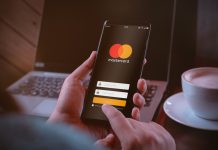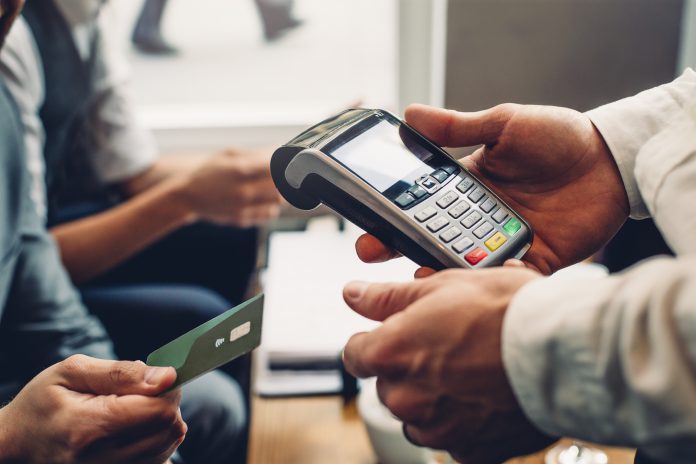Back in 2004, PIN was a revolutionary method of payments authentication. Upon its introduction into the UK, fraud cases against credit and debit cards dropped by 13%, the use of cloned or skimmed cards dropped by 25% and the use of lost or stolen cards fell by 22%.
Now, there are new technologies being introduced into the industry that help authenticate payments, such as biometrics. These new technologies are exciting and contactless in particular is looking to dethrone PIN from the top seat in authentication, but in the opinion of Justin Pike, founder of MYPINPAD, the world still needs PIN and in this thought leadership he writes for PaymentExpert further on the subject.
Technology is a great enabler. It brings enormous possibilities in customer experience and product innovation, but it also brings new levels of sophistication in the activities of fraudsters. In the payments landscape, the need to ensure the security of transactions to protect consumers and merchants is as critical as ever.
Imagine then, a world where consumers and merchants not only have familiar and reliable payment transactions, but also feel confident that these transactions are completely secure. A world where one simple code can seamlessly enable payments across all channels within a frictionless, integrated and safe customer experience.
Don’t just imagine, that day is today and it’s all thanks to PIN.
PIN is the most universally recognised, device ubiquitous and personally familiar method of authentication. When it was first introduced in the UK in 2004, losses due to the fraudulent use of credit and debit cards fell by 13% in the first year, the use of cloned or skimmed cards dropped by 25% and the use of lost or stolen cards fell by 22%. And this trajectory has continued ever since.
The combination of PIN’s vast security and brilliantly simple customer experience, which merely required consumers to enter a four-digit number into a terminal at the point of sale rather than relying on signatures or biometrics (that can be forged) quickly became widespread across the globe. But there are still countries such as the US that rely on signatures with card payments and continue to report high levels of payment fraud. For example, in late 2019 nearly eight-in-ten US merchants (77%) reported that they had experienced some type of fraud, and that their efforts to manage security had impacted their businesses’ bottom lines.
Familiarity is key
For the best part of two decades, PIN has been embedded into the UK and Europe’s psyche as a safe and secure way to pay. It is not only very familiar to consumers, entering a PIN has also become a habitual behaviour.
The world is changing. Accelerated by COVID-19, cash usage is down by half yet a large number of people in the UK still have never made a payment or banking transaction online. With options for shopping currently more limited and an increasing need to minimise time in public spaces, these people are now starting to go online to buy what they need. But this in itself brings new challenges; with less experienced people shopping through digital channels there has been a 50% rise in online fraud since January 2020. A challenge that always existed but has been exacerbated by COVID.
PIN complements contactless payments
Contactless, a newer payment option has been elevated to the forefront of consumer protection because it enables payment without physically needing to touch the terminal. However, contactless payments have traditionally only been available for small sums, with PIN mandated by the Strong Customer Authentication (SCA) requirement of the EU Revised Directive on Payment Services (PSD2) for larger transaction amounts and every fifth contactless transaction.
SCA went into effect on 14 September 2019 and will be fully enforced by 31 December 2020. It requires authentication to use at least two of the following three elements – password/PIN, phone/card, or fingerprint/face recognition. Of all these options, PIN is considered the most secure because the transaction cannot be completed without it, and is only known to the cardholder.
The world’s payments will remain safe and secure with PIN
So, if we reflect on the demographic of consumers who are new to ecommerce, and indeed the needs of all consumers coupled with SCA requirements, the simplest and most secure way to transact online is in fact the tried and proven PIN.
People are familiar with PIN. It is universally trusted and proven as the most secure method of authentication globally.
MYPINPAD is focused on creating a high level of security, continuity and seamlessness for payments across the physical and online worlds. With the goal of democratising payment acceptance and opening up unparalleled possibilities in customer experience innovation, PIN is a versatile enabler of these. Ultimately, MYPINPAD’s leading-edge technology provides more secure digital payment experiences for merchants and consumers worldwide.























